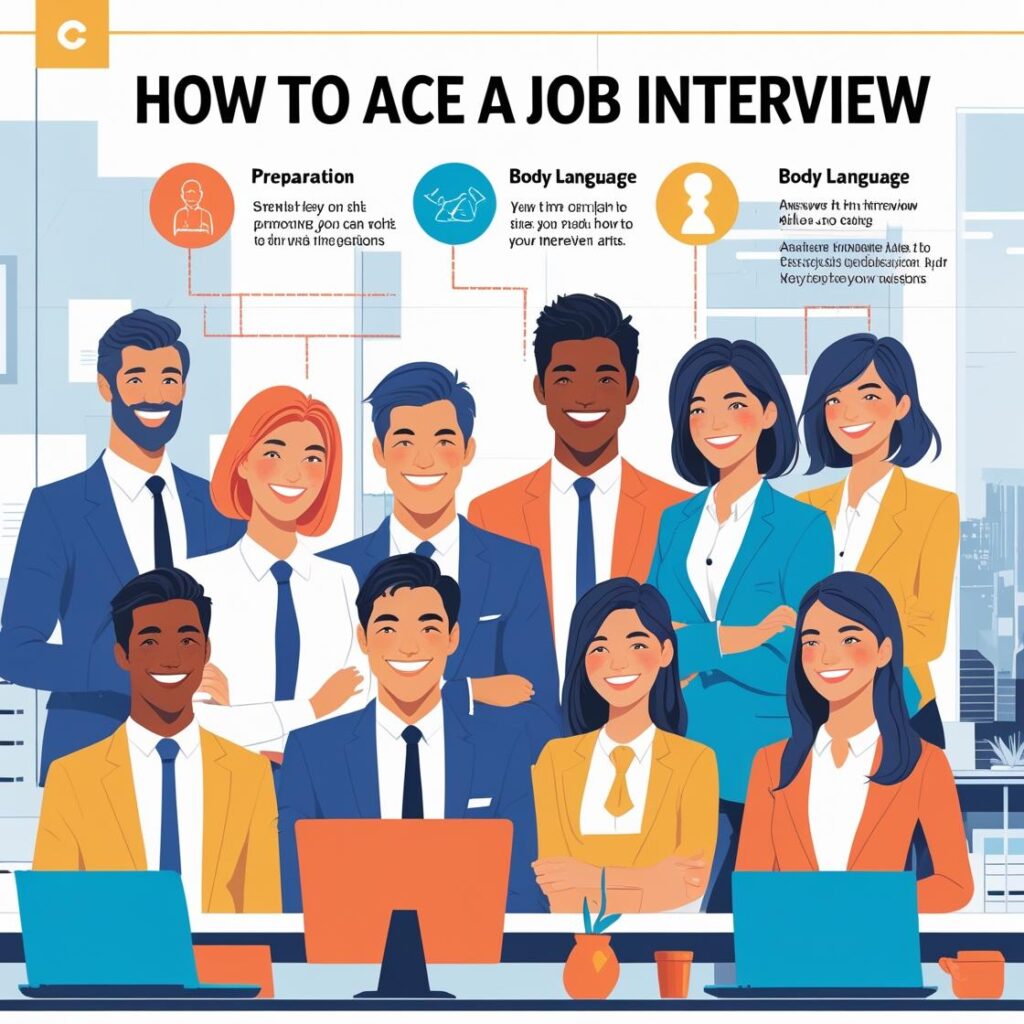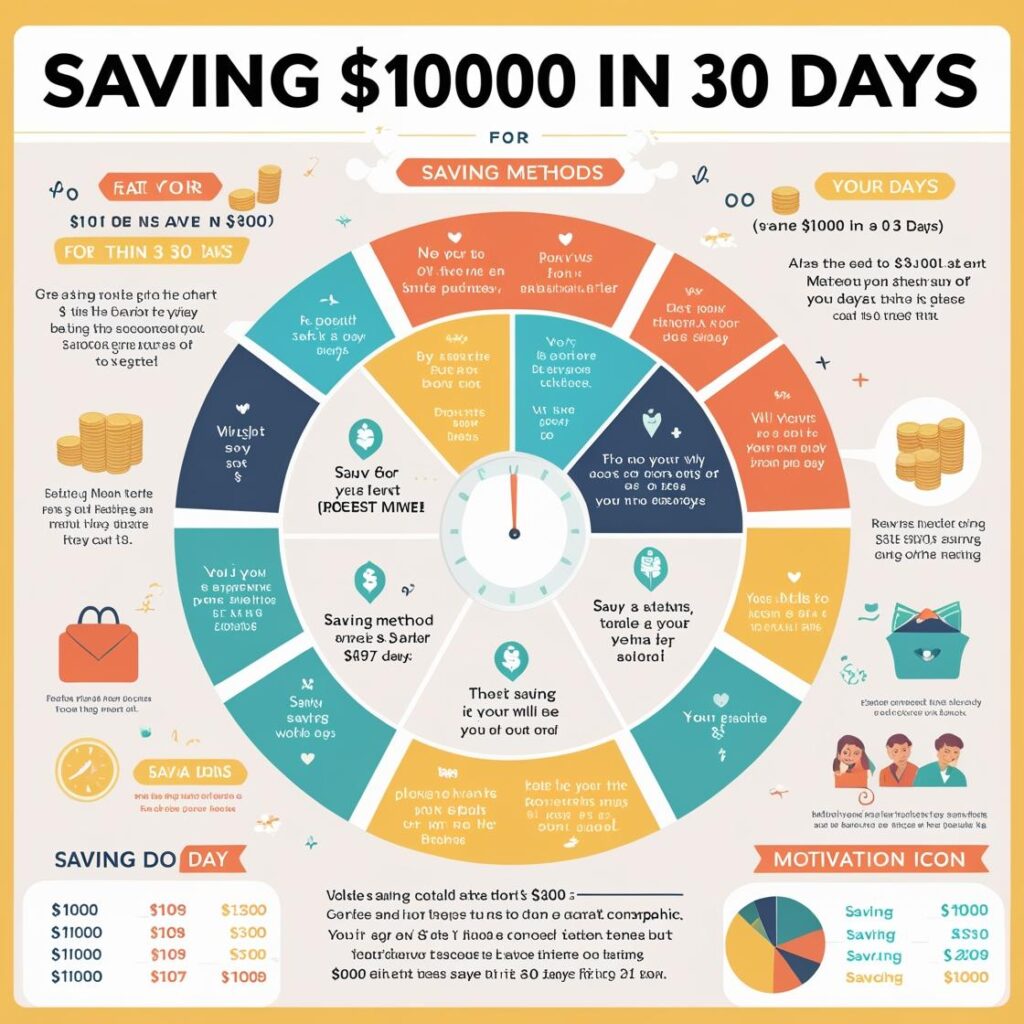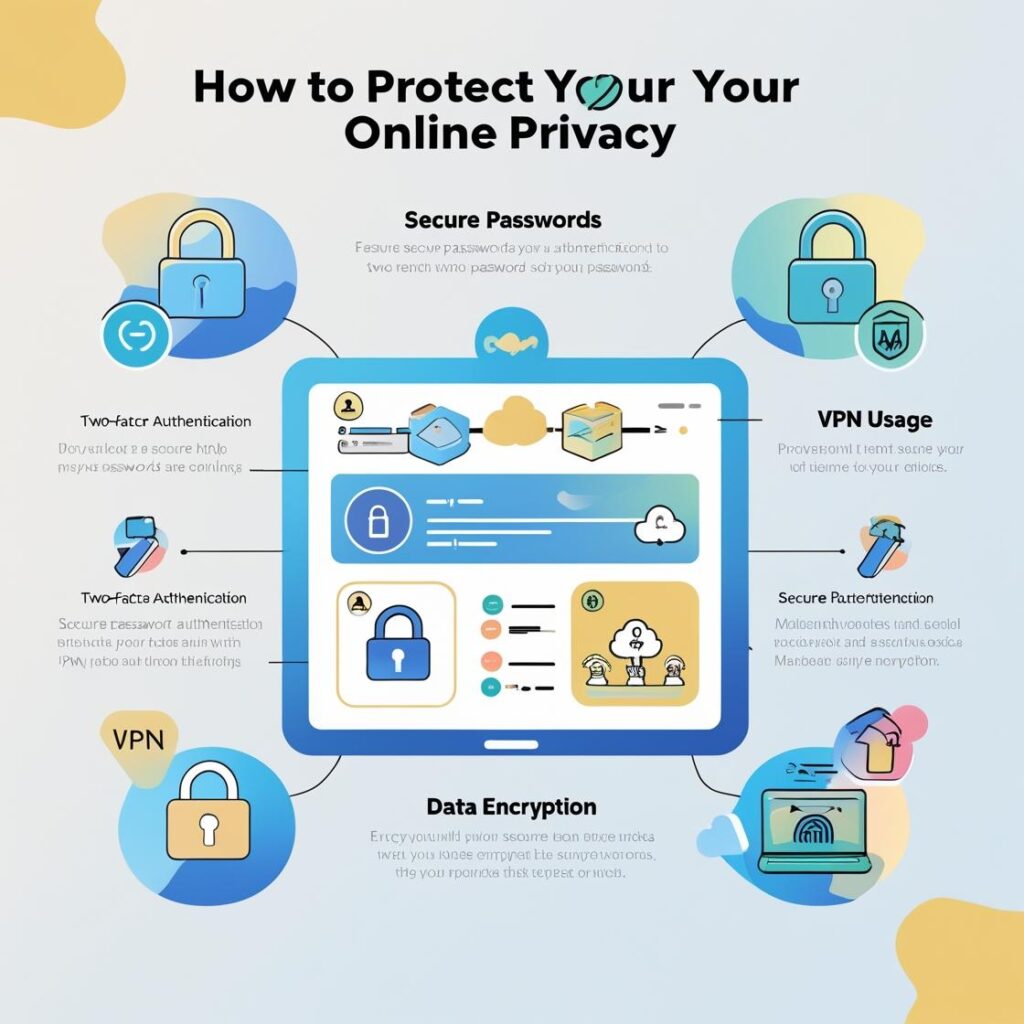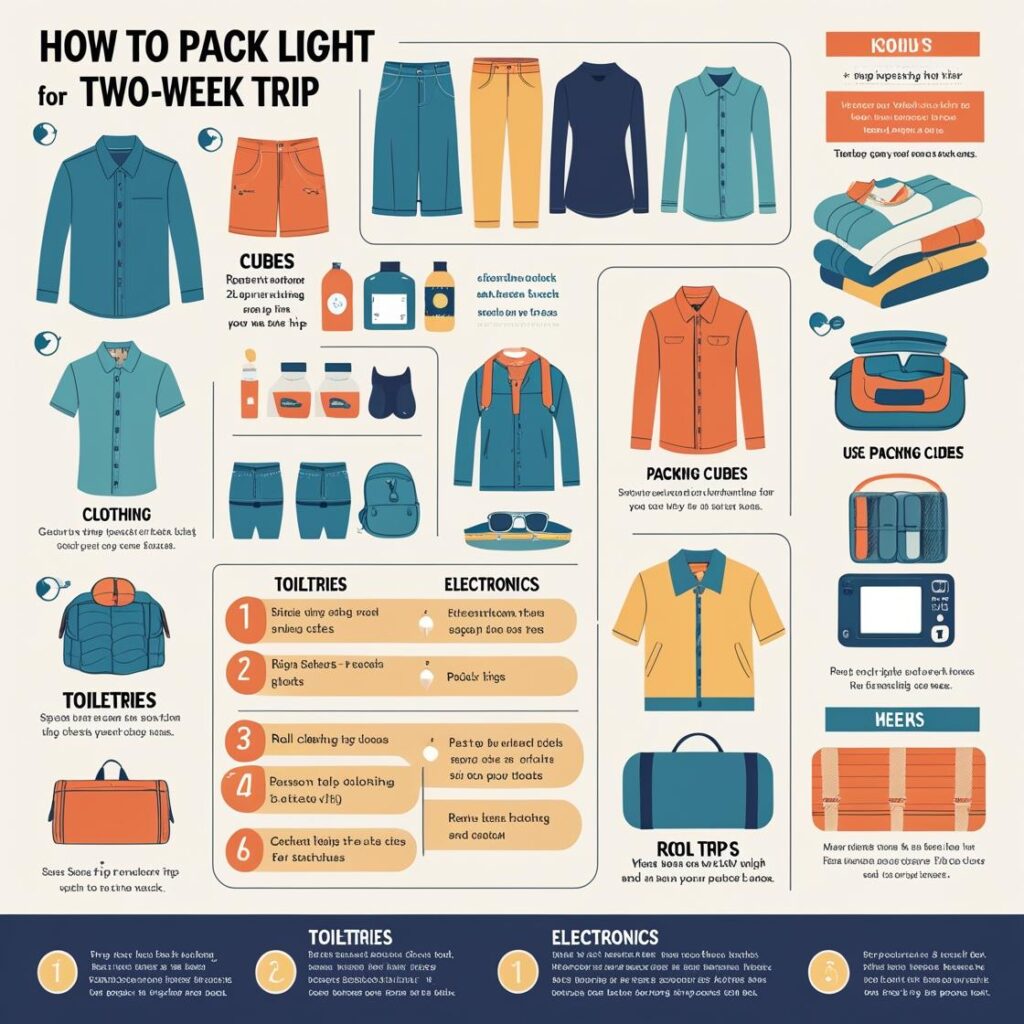Securing your dream job often hinges on your performance in the interview room. Whether you’re a seasoned professional or a fresh graduate, mastering the art of interviewing is a skill that can be learned and refined. In this comprehensive guide, we’ll walk you through 10 expert-backed strategies, breaking down each tip into actionable steps so you know exactly what to do before, during, and after your interview. Read on to transform your next interview into a confident, memorable, and successful experience.
اقرأ أيضاً: قائمة بأهم 10 كورسات مجانية في الذكاء الاصطناعي مع الروابط المباشرة
1. Research the Company and Role Thoroughly
Before you even send in your résumé, deep-dive into the company’s background. Visit their website to understand their mission, values, products or services, and recent news. Browse LinkedIn to learn about key executives and team members, noting any shared connections or interests. Don’t stop there—search for news articles, press releases, and financial reports to gauge their market position and future direction. By demonstrating intimate knowledge of the organization, you’ll show genuine enthusiasm and strategic insight, immediately setting yourself apart from candidates who haven’t done their homework.
اقرأ أيضاً: كيفية الحصول على منحة دراسية مجانية
2. Align Your Skills and Experiences with Job Requirements
Once you know what the company is looking for, map your own skills, experiences, and achievements directly to the job description. Create a two-column table—on one side list each requirement or desired qualification, and on the other, your specific example or metric that illustrates proficiency in that area. During the interview, explicitly call back to these matches, using concrete numbers whenever possible (“I increased sales by 30% in six months,” for instance). This tailored approach makes it clear you’re not just job-hunting—you’re laser-focused on solving the company’s needs.
اقرأ أيضاً: كيف تستيقظ مبكرًا دون الشعور بالتعب
3. Practice Common and Behavioral Questions
Most interviews combine traditional questions (“Tell me about yourself,” “Why should we hire you?”) with behavioral ones (“Describe a time when…”). Compile a list of the top 20–30 questions relevant to your industry and rehearse your answers out loud. Record yourself or practice with a friend, paying attention to pace, tone, and clarity. For behavioral questions, structure responses using the STAR framework (Situation, Task, Action, Result—more on this in Tip #4). The more you practice, the more your answers will flow naturally, reducing filler words and nervous stammers.
اقرأ أيضاً: كيف توفر 1000 دولار في 30 يومًا
4. Master the STAR Method for Structured Responses
The STAR method helps you deliver concise, compelling stories about your past performance:
اقرأ أيضاً: كيفية كتابة سيرة ذاتية متميزة
- Situation: Briefly set the scene.
- Task: Explain your role and responsibility.
- Action: Detail the specific steps you took.
- Result: Quantify the outcome with metrics or key learnings.
For example, “When sales dipped by 15% in Q2 (Situation), I was tasked with revitalizing the customer pipeline (Task). I launched a targeted email campaign and partnered with the marketing team to host webinars (Action), resulting in a 25% increase in qualified leads within two months (Result).” Using STAR ensures you hit all the critical points without rambling.
اقرأ أيضاً: كيف تحول عملك الجانبي إلى مشروع بدوام كامل
5. Hone Your Communication and Body Language
Effective communication is more than just choosing the right words. Maintain good posture—sit up straight, lean in slightly to show engagement, and avoid crossing your arms. Make genuine eye contact (but don’t stare) and mirror the interviewer’s gestures subtly to build rapport. Speak clearly and at a moderate pace, pausing between key points to let them sink in. Don’t forget to smile; it instantly conveys confidence and warmth. And remember: listening actively—nodding, summarizing their questions back—demonstrates respect and ensures you’re answering what was actually asked.
اقرأ أيضاً: كيفية تسريع الكمبيوتر المحمول البطيء في 10 دقائق
6. Prepare Thoughtful Questions for the Interviewer
At the end of almost every interview, you’ll be invited to ask questions. Use this opportunity to demonstrate strategic thinking and cultural fit. Avoid queries about salary or benefits at this stage. Instead, ask about the team’s biggest challenges, the company’s growth plans, or how success is measured in the role. For example: “What’s the biggest obstacle the team has faced this year, and how could someone stepping into this role help overcome it?” Tailored questions show you’re already envisioning yourself contributing value.
اقرأ أيضاً: كيف تبني روتينًا صباحيًا يعمل بالفعل
7. Dress (and Groom) for Success
First impressions matter. Even if the company has a casual dress code, lean one notch more professional than employees typically dress—this shows respect and awareness of context. Choose clean, well-fitted clothing in neutral or company-appropriate colors. Shoes should be polished, hair neatly styled, and accessories minimal. Men: consider a tailored blazer or tie if the industry expects it; Women: a smart blouse with a blazer or an appropriate dress works well. When in doubt, reach out to your recruiter or HR contact and ask about dress norms.
اقرأ أيضاً: كيف تبدأ مدونة تقنية من الصفر
8. Manage Logistics and Minimize Stress
Plan your interview day down to the minute. If it’s in-person, scout the location in advance, factoring in traffic, parking, or public transit schedules. Arrive at least 10–15 minutes early. For virtual interviews, test your internet connection, camera angle, and audio quality beforehand. Choose a quiet, well-lit spot with a neutral background. Have a clean notepad and pen ready, and keep a digital copy of your résumé within easy reach. By anticipating and resolving potential technical or logistical hiccups, you free mental space to focus on your performance.
اقرأ أيضاً: كيف تبدأ الرسم (حتى لو كنت تعتقد أنك لا تستطيع)
9. Follow Up Strategically and Professionally
Within 24 hours of your interview, send a personalized thank-you email to each person you met. Reference specific points from your conversation to reinforce your enthusiasm and fit (“I enjoyed discussing the digital marketing dashboard project and how my analytics background could help streamline those processes”). Keep it concise—no more than a few short paragraphs—and proofread carefully. If you don’t hear back within the timeframe they provided, send a polite status follow-up email. Persistence shows genuine interest, but avoid flooding their inbox.
اقرأ أيضاً: كيف تخطط لعطلة عائلية سيحبها الجميع
10. Cultivate a Positive, Growth-Oriented Mindset
Finally, view every interview as a learning opportunity. After each one, jot down what went well and where you stumbled. Reflect on feedback and continuously refine your approach—whether that means improving storytelling, adjusting your body language, or expanding your industry knowledge. Remember, rejection isn’t a personal failure but a sign there’s a better match out there. Staying resilient and maintaining a curious, growth-oriented mindset will not only help you ace interviews but also thrive in your career long-term.
اقرأ أيضاً: كيف تتعلم الجيتار بنفسك
Conclusion
Acing any job interview requires a strategic blend of preparation, practice, and poise. By researching the company, honing your storytelling, and managing logistics, you’ll walk into the room (or log in) fully confident. Treat each interview as a stepping stone, learn from every experience, and watch your career opportunities soar.
اقرأ أيضاً: كيف تحزم خفيفًا لرحلة لمدة أسبوعين
اقرأ أيضاً: كيف تكتب أول قصة قصيرة لك



